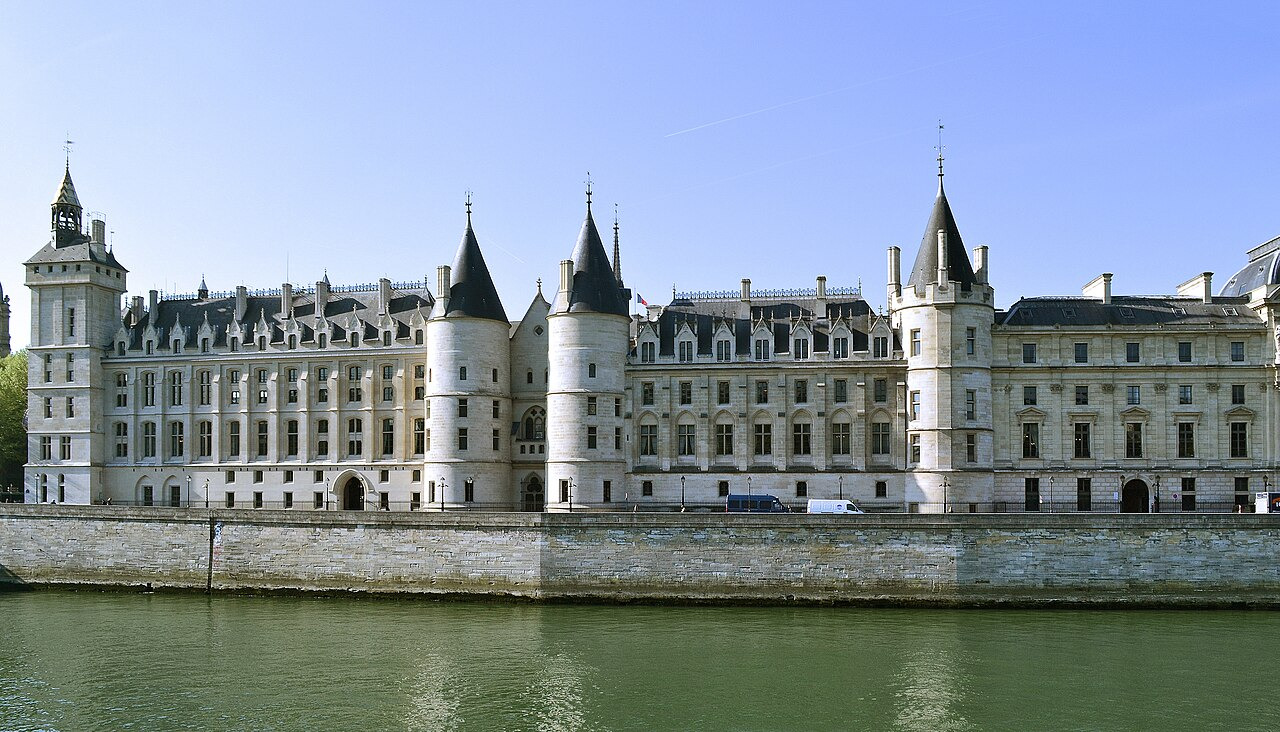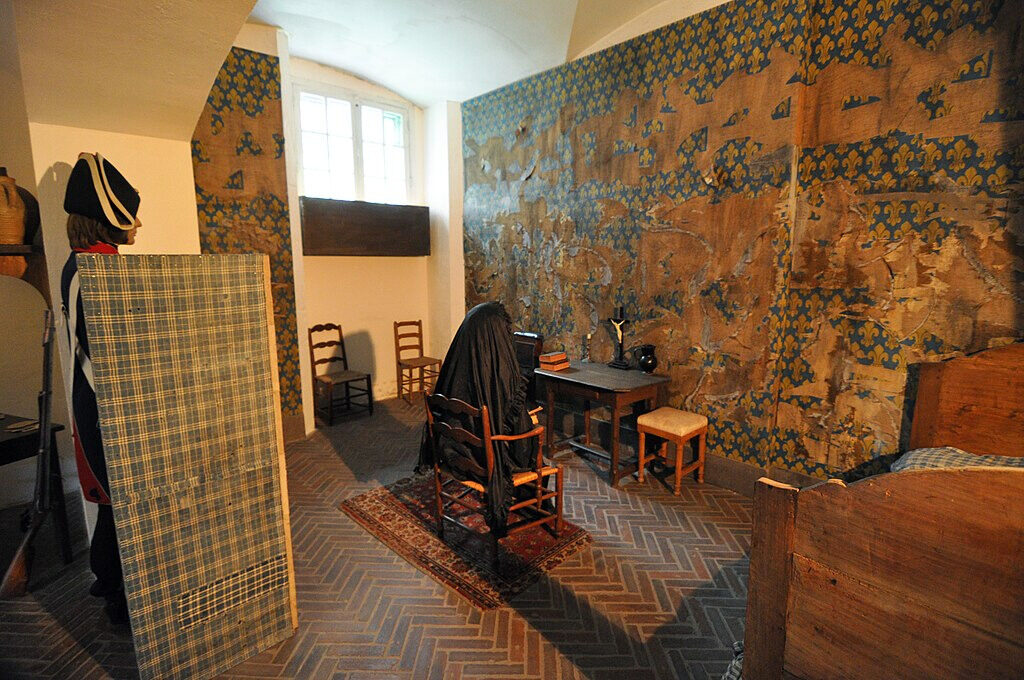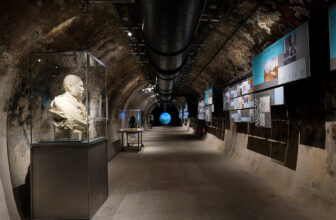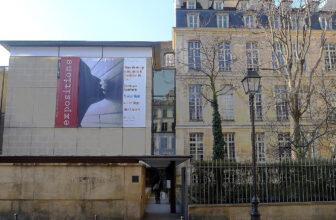
Is It Worth Visiting the Conciergerie Museum in Paris?
When planning a trip to Paris, the list of must-see attractions often includes iconic landmarks like the Eiffel Tower, the Louvre, and Notre Dame Cathedral. However, tucked away on the Île de la Cité, the historic Conciergerie Museum offers an experience that is both unique and deeply rooted in French history. This guide explores whether the Conciergerie is worth visiting, what makes it famous, and why Marie Antoinette’s prison cell is one of its most poignant highlights.
What Is the Conciergerie Museum?
The Conciergerie Museum is a historic site located in the heart of Paris on the Île de la Cité, just a stone’s throw from Notre Dame Cathedral. Originally part of a medieval palace, it later became a royal residence and then a courthouse and prison. Today, it stands as a museum that invites visitors to delve into centuries of French history, from the Middle Ages to the French Revolution.
The Conciergerie was part of the Palais de la Cité, a royal complex that served as the residence of French kings until the 14th century. The building’s history took a dramatic turn during the French Revolution when it became a courthouse and detention center for political prisoners. The most infamous of these prisoners was Marie Antoinette, the last queen of France, whose tragic story remains one of the museum’s focal points.
Why Is the Conciergerie Museum Famous?
The Conciergerie is renowned for its architectural beauty, historical significance, and its association with some of the most dramatic episodes in French history. Here are some of the reasons why it is famous:
1. Stunning Gothic Architecture
The Conciergerie’s architectural grandeur is one of its defining features. Visitors can marvel at the Hall of the Guards (Salle des Gardes) and the Hall of the Soldiers (Salle des Gendarmes), two vast, vaulted halls that showcase the elegance of medieval Gothic design. These spaces were originally part of the royal palace and served as dining areas and gathering places for the king’s staff and guards.
2. Historical Role as a Prison
The Conciergerie’s transformation into a prison during the French Revolution solidified its place in history. Known as the “antechamber to the guillotine,” the prison held thousands of people awaiting execution, including revolutionary leaders, aristocrats, and ordinary citizens accused of crimes against the new Republic.
3. Marie Antoinette’s Imprisonment

Marie Antoinette’s Prison Cell Conciergerie
The most famous chapter in the Conciergerie’s history is its role as the final prison of Queen Marie Antoinette. Her time in the Conciergerie, leading up to her execution in 1793, has left an indelible mark on the site’s legacy. Visitors can explore a re-creation of her cell, which provides a haunting glimpse into her final days.
Marie Antoinette, the Queen of France during the French Revolution, was imprisoned in the Conciergerie, a historic building located on the Île de la Cité in central Paris. The Conciergerie was originally part of the royal palace but was later converted into a prison. It is now part of the Palais de Justice complex.
Key Details about the Conciergerie:
- Location: Situated along the Seine River, close to landmarks like Notre-Dame Cathedral.
- Historical Role: During the Reign of Terror (1793–1794), it served as a central detention facility for prisoners awaiting trial and execution by the Revolutionary Tribunal.
- Marie Antoinette’s Cell: She was held in a small, austere cell under close surveillance. Her imprisonment lasted from August 1793 until her execution on October 16, 1793.
- Her cell was later turned into a chapel, known as the “Chapelle Expiatoire”, in her memory.
Today, the Conciergerie is a museum and UNESCO World Heritage site, where visitors can see reconstructions of the prison cells and learn about its history, including Marie Antoinette’s tragic final days.
4. UNESCO World Heritage Site
The Conciergerie is part of the Banks of the Seine UNESCO World Heritage Site, a designation that highlights its cultural and historical significance within the context of Paris’s urban landscape.
Exploring Marie Antoinette’s Prison Cell
One of the main draws of the Conciergerie Museum is the chance to see the reconstructed prison cell of Marie Antoinette. This exhibit offers a deeply personal and moving insight into the life of the queen during her final weeks.
1. A Symbol of the French Revolution
Marie Antoinette’s imprisonment at the Conciergerie is symbolic of the dramatic social and political upheaval of the French Revolution. Once a symbol of opulence and royal privilege, she became a figure of scorn and resentment for the revolutionaries. Her trial and subsequent execution were pivotal moments in the Revolution’s narrative.
2. The Reconstructed Cell
The museum features a reconstruction of Marie Antoinette’s cell, complete with period furnishings and symbolic artifacts. While the cell has been modified over time, the exhibit aims to capture the somber atmosphere of her imprisonment. Visitors can see a replica of her wooden bed, a small table, and a chair, along with items that reflect her religious devotion, such as a crucifix and prayer book.
3. The Memorial Chapel
Adjacent to the reconstructed cell is a small chapel dedicated to Marie Antoinette’s memory. This space, known as the Expiatory Chapel, was created in 1815 during the Bourbon Restoration to honor the queen. The chapel features a simple yet poignant design, with inscriptions and symbols that commemorate her life and tragic death.
Other Highlights of the Conciergerie Museum
While Marie Antoinette’s story is a major attraction, the Conciergerie Museum offers much more for visitors to explore:
1. The Revolutionary Tribunal Room
The Revolutionary Tribunal was held at the Conciergerie, where thousands of individuals were tried for crimes against the Republic. The museum provides insights into these trials through exhibits that include artifacts, documents, and interactive displays.
2. Medieval Architecture and Artifacts
The museum preserves stunning examples of medieval architecture, including the aforementioned halls and the iconic towers along the Seine. Visitors can also view artifacts from the building’s royal and judicial past, such as weapons, tools, and manuscripts.
3. The Prisoners’ Cells
In addition to Marie Antoinette’s cell, the museum showcases other examples of prison cells, from the harsh communal cells for ordinary prisoners to the more comfortable accommodations reserved for wealthier inmates. These exhibits highlight the stark contrasts in treatment based on social status.
Is the Conciergerie Museum Worth Visiting?
Whether or not the Conciergerie Museum is worth visiting depends on your interests, but for history enthusiasts, architecture lovers, and those fascinated by the French Revolution, it is undoubtedly a rewarding experience. Here are some reasons why you should consider adding it to your itinerary:
1. A Journey Through French History
The Conciergerie provides a unique window into French history, spanning the medieval period, the royal era, and the revolutionary years. Its layered past makes it a compelling destination for anyone interested in understanding the evolution of Paris and France.
2. Fascinating and Sobering Exhibits
The museum’s exhibits, including the Revolutionary Tribunal Room and Marie Antoinette’s cell, offer a vivid and often sobering glimpse into the lives of those who lived through turbulent times. The stories of the prisoners and their trials resonate on a deeply human level.
3. Architectural Beauty
The Gothic architecture of the Conciergerie is a visual treat. Walking through its grand halls and along its riverside façade provides a sense of stepping back in time to the medieval and Renaissance eras.
4. Proximity to Other Attractions
The Conciergerie’s location on the Île de la Cité makes it easy to combine with visits to nearby attractions such as Sainte-Chapelle, Notre Dame Cathedral, and the Pont Neuf. This makes it an excellent addition to a day of sightseeing in central Paris.
5. A Quieter Alternative
Compared to Paris’s more famous landmarks, the Conciergerie is often less crowded, allowing for a more relaxed and intimate exploration of its history. This makes it an appealing option for visitors seeking a break from the hustle and bustle of larger tourist sites.
Practical Information for Visitors
1. Location
The Conciergerie is located on the Île de la Cité, with its entrance at 2 Boulevard du Palais, 75001 Paris. It is easily accessible by public transportation, including the Métro (Cité or Châtelet stations).
2. Opening Hours
The museum is typically open daily, but it is advisable to check the official website for current hours and any temporary closures.
3. Admission Fees
Admission fees are reasonable, and combination tickets are available that include entry to Sainte-Chapelle, another stunning historic site nearby.
4. Guided Tours and Audioguides
Visitors can enhance their experience with guided tours or audioguides, which provide detailed explanations of the museum’s history and exhibits.
The Conciergerie Museum offers a unique and enriching experience that brings French history to life. From its origins as a medieval palace to its grim role as a Revolutionary prison, the site encapsulates centuries of dramatic events and stories. Marie Antoinette’s prison cell stands out as a poignant reminder of the human cost of revolution and the complexities of history.
For those who appreciate history, architecture, or the opportunity to explore a lesser-known but significant Parisian landmark, the Conciergerie is well worth a visit. Its blend of beauty, history, and emotion makes it an unforgettable part of any trip to the City of Light.




